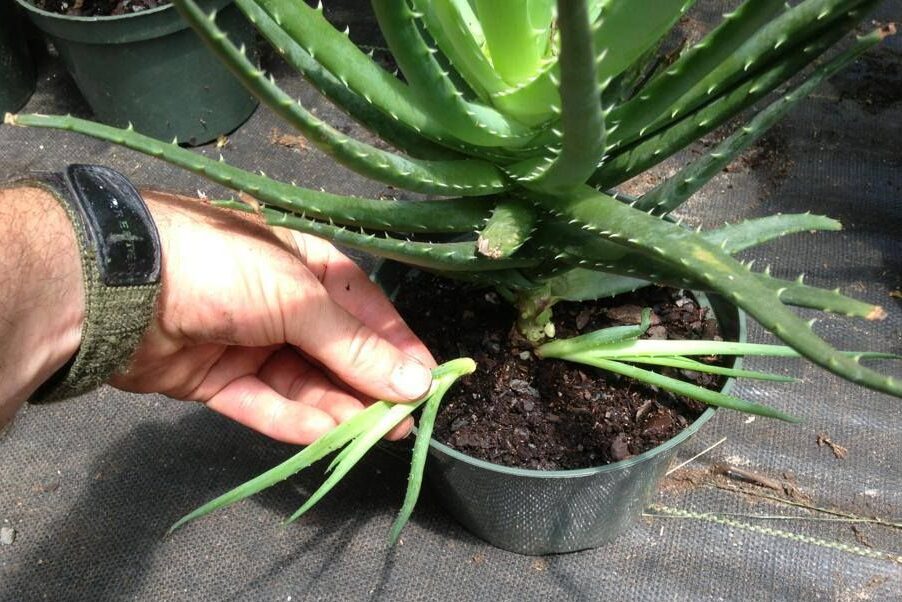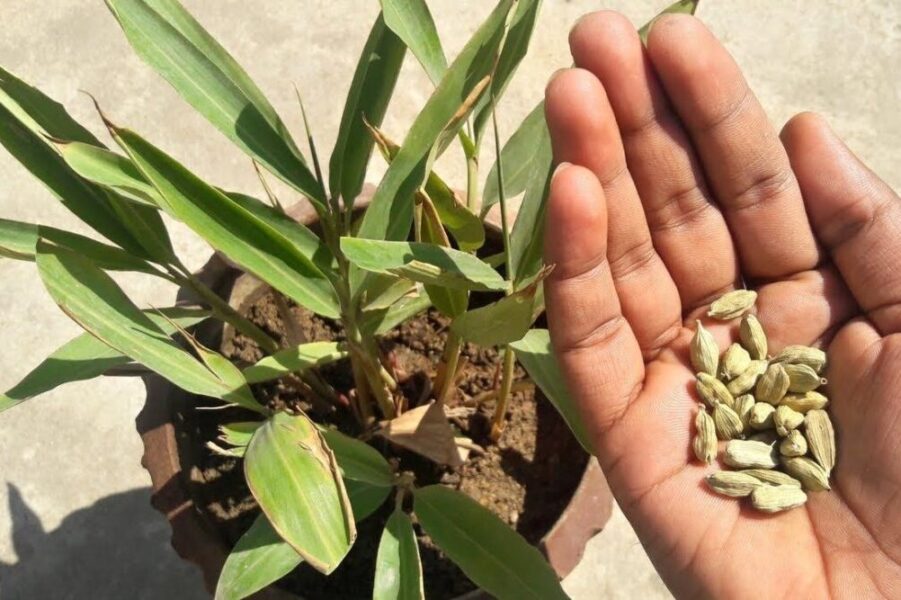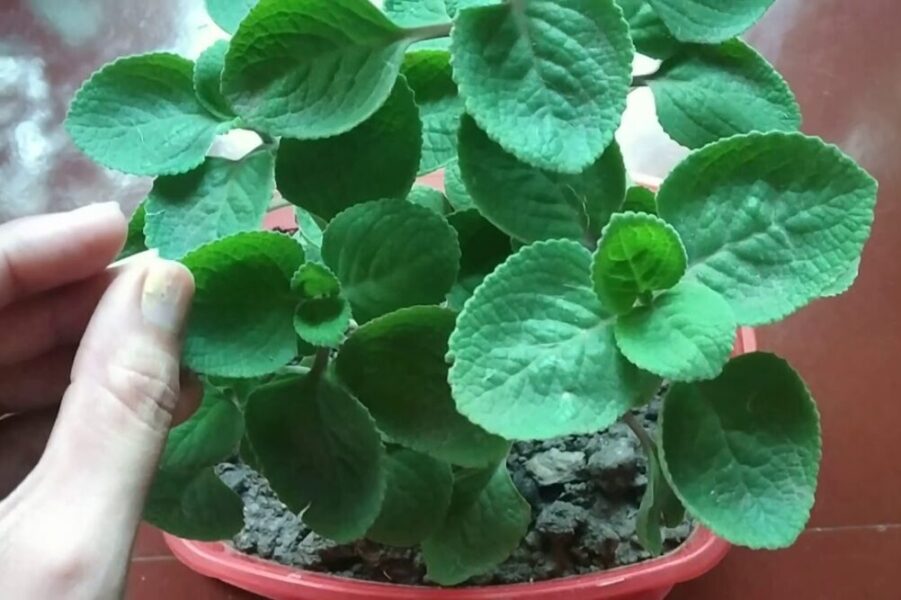General Information
- Category- Herb
- Binomial Name- Curaco aloe
- Common Names- Aloe vera, Aloe
- Spread- 18-24 inches**
- Height- 18-24 inches**
- Average Production- 4-5 leaves per plant
- Days to Maturity- 100-160 days
Nutrition Values (100 grams of Aloe Vera juice):
- Calories: 53
- Water: 98.5%
- Protein: 0.36 grams
- Carbohydrates: 12.87 grams
- Sugar: 9.98
- Fiber: 0.2 grams
- Fat: 0.12 grams
Minerals
- Potassium- 130 mg
- Sodium- 2 mg
- Calcium- 13 mg
- Iron– 0.31 mg
Vitamin C- 10 mg
*The values are standard average per 100 grams and might change a bit.
Environmental Requirements:
- Soil- Sandy loam and well drained soil
- Soil Moisture- 10%
- Soil pH- 7.0-8.5
- Sun Requirements- Full Sun
- Soil temperature– 18 to 32°C
- Best Time to Plant- Spring and Summer (Last Feb- early March and May-July)
Tips to Grow Aloe Vera:
- Arrange good quality rootball of aloe vera from nursery or where you can.
- The soil should be sandy loam. It should be well drained and not wet.
- Arrange a pot with a hole in its base for water to drain through. Fill the pot with soil and place the aloe vera rootball just below the soil surface. Put some stones around the plant.
- Do not water for the first few days after planting.
- Feed your plant once in a year. Add fertilizer made by kitchen waste or animal waste.
- The soil around the plant should be free from grass. Wait until young plant emerged. When your plant reach to the boundary of container you can see a young plant emerged.
- When young plant reached 1\5 of the adult plant use a sharp knife to remove the young plant.
- Now you can plant your young plant in another pot for further propagation.
Chemical constituents and uses of Aloe Vera:
Aloe vera contains 200 potentially active constituents like vitamins, enzymes, minerals, sugars, lignin, saponins, salicylic acids and amino acids which are responsible for multi-functional activity of Aloe.
- It contains vitamin A, C, E which are antioxidants.
- It contains different types of enzymes like alkaline phosphatase, amylase, bradykinasse etc. Bradykinase helps to reduce excessive inflammation when applied to the skin topically, while others help in the breakdown of sugar and fats.
- It provides calcium, chromium, copper, selenium, magnesium etc. They are essential for the proper functioning of enzyme systems in different matabolic pathways.
- It provides monosaccharides and polysaccharides. These are derived from the mucilage layer of the plant and are known as mucopolysaccharides.
- It provides 12 anthraquinones , which are phenolic compounds traditionally known as laxatives.
- It provides 4 plant steroids; cholesterol, campesterol, beta-sisosterol and lupeol. All these have anti-inflammatory action and lupeol also possesses antiseptic and analgesic properties.
Other uses of Aloe Vera:
- As a purgative.
- Ointment of aloe gel for burns and skin irritation.
- As an ingredient of cosmetics.
Show Comments




